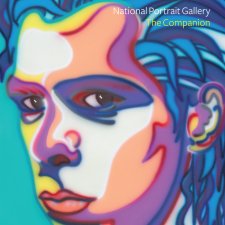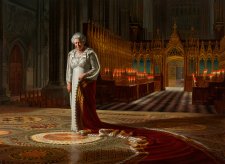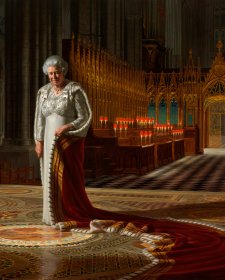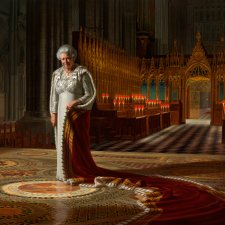- About us
- Support the Gallery
- Venue hire
- Publications
- Research library
- Organisation chart
- Employment
- Contact us
- Make a booking
- Onsite programs
- Online programs
- School visit information
- Learning resources
- Little Darlings
- Professional learning
Phillip Law AC CBE (1912–2010), scientist and Antarctic explorer, developed an interest in the frozen continent as a boy. He began work as a physics lecturer at the University of Melbourne in 1943, and made his first trip to the Antarctic with the 1947–1948 Australian National Antarctic Research Expedition, as Senior Scientific Officer. He went on to participate in many exploratory voyages and oversaw the establishment of the Australian Antarctic Division’s research stations – Mawson, Casey and Davis. He was Director of the Antarctic Division of the Department of External Affairs from 1949 to 1966; during that period, he and his colleagues mapped more than 3000 miles of coastline and some 800 000 square miles of territory. Law's wife, Nel, was the first Australian woman to visit Antarctica. President of the Royal Society of Victoria from 1967 to 1969, Law was active for many years in tertiary education, marine science and public life, and authored several books about his Antarctic investigations and adventures. His honours include the Royal Geographical Society's Founders Medal, former recipients of which include Douglas Mawson and Jane Franklin. Law died at age 97; his ashes, and Nel's, were later interred near Mawson Station.
Gift of Dr Phillip Law 2000. Donated through the Australian Government's Cultural Gifts Program.
Phillip Law AC AO CBE (1 portrait)



On one level The Companion talks about the most famous and frontline Australians, but on another it tells us about ourselves.



An antidote to the months spent in isolation at home, This is my place brings a fresh, intimate focus to the places that define who we are – our spiritual homes, habitats and workspaces.



Glorious: A Diamond Jubilee portrait of Her Majesty Queen Elizabeth II is a collection-based display representing The Queen in the early and late years of her glittering sixty-year reign.